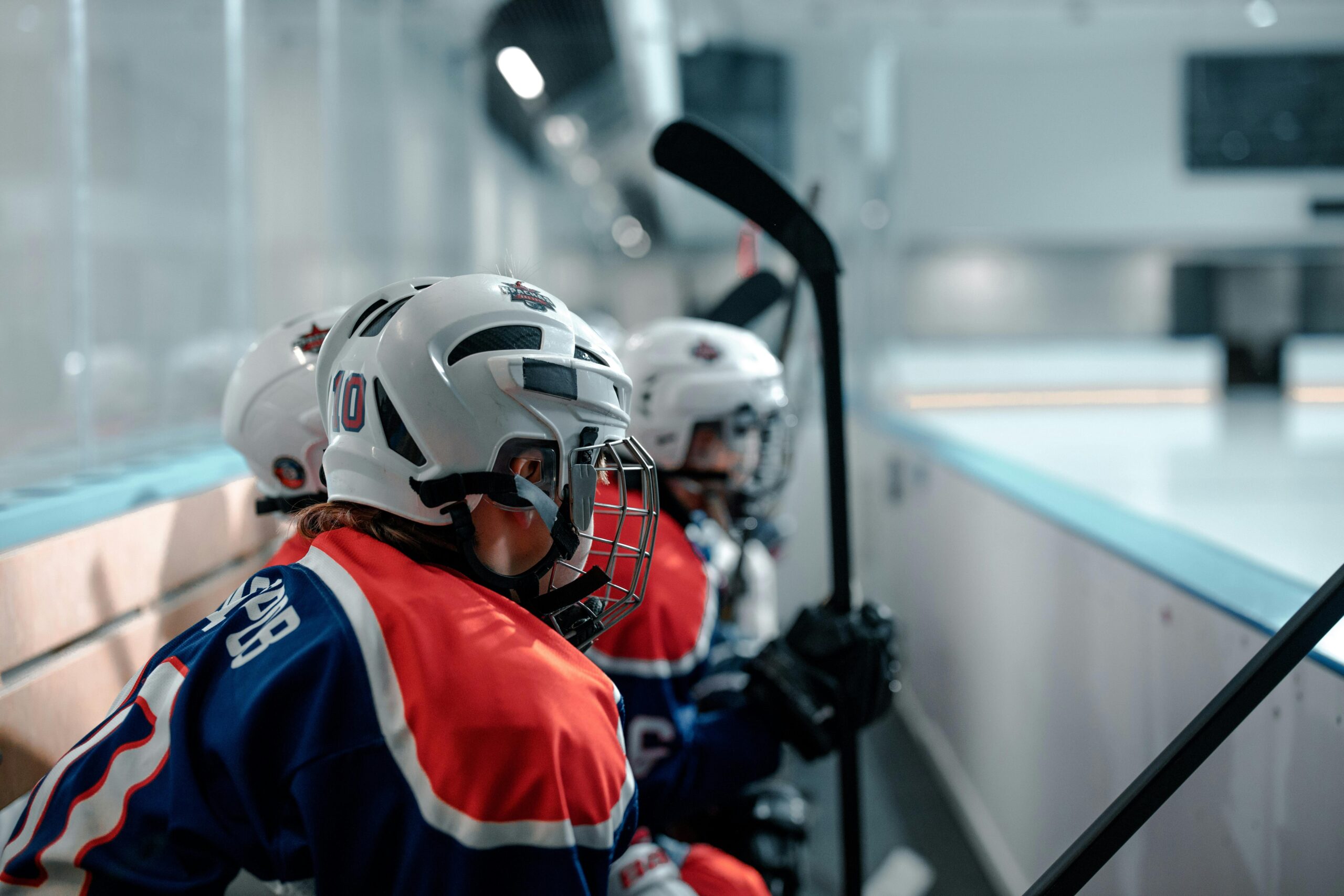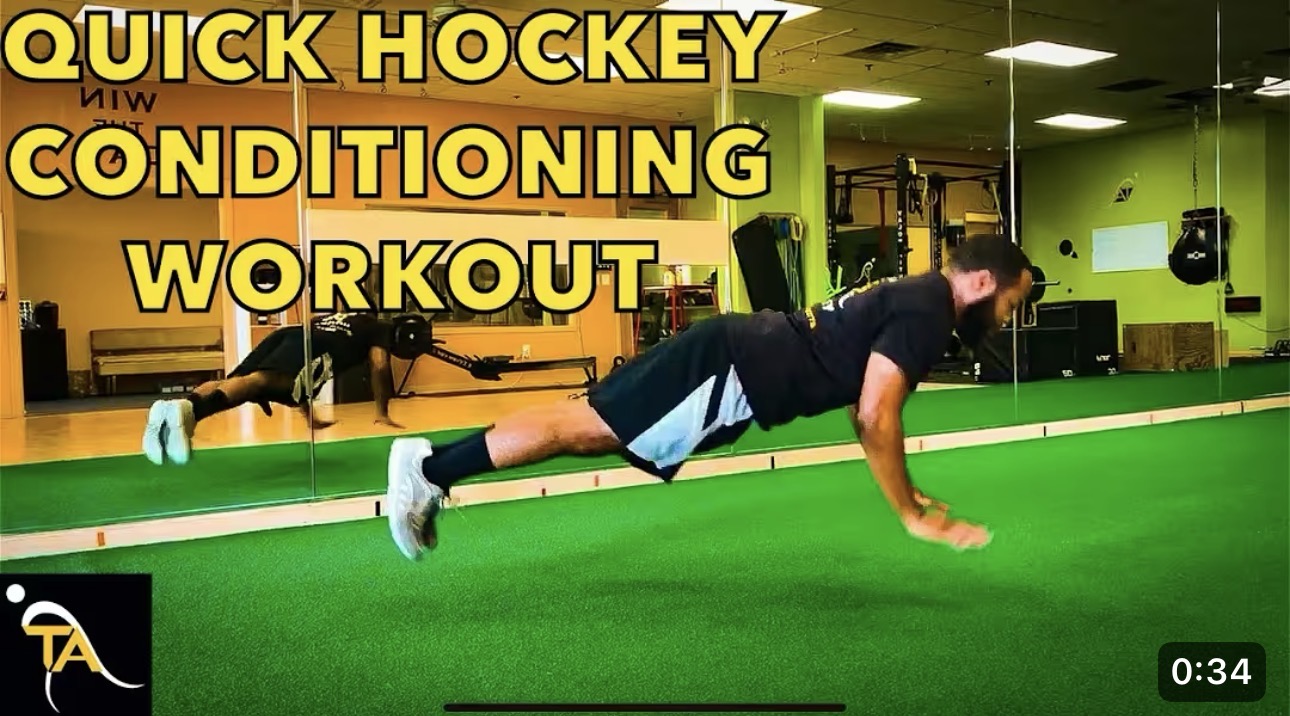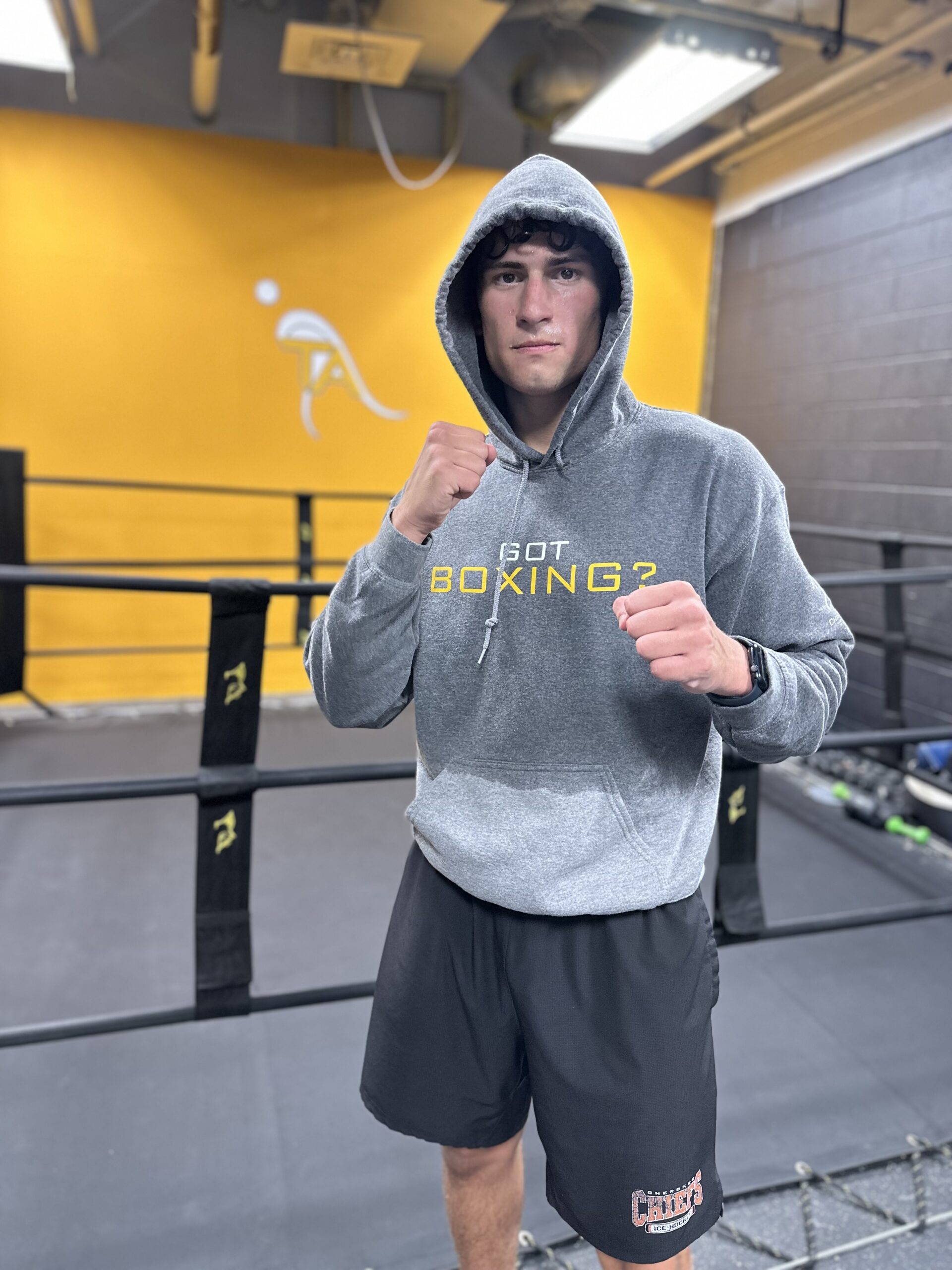“Consistent” doesn’t mean doing the same workouts at the same intensity all year long. Without planned changes in focus, intensity, and recovery, even the most disciplined person can hit a plateau, lose motivation, or cause injury. Athletes perform best using a multi phase approach to their training. Usually this means broken into off-season, pre-season, and in-season cycles to keep improving while avoiding burnout. Whether you’re a competitive athlete or simply someone committed to staying fit, try applying this structure to your year-round training can make it far more effective.
The first step is to build a strong foundation before chasing peak performance. This is the “off-season” in an athlete’s world, but it applies equally to everyday training. During this phase, the focus starts with building balanced strength, improving joint health, and developing mobility which then shifts to maximal loads and high intensity conditioning to. It’s also the best time to work on weaknesses that could limit progress later, so that can be like stabilizing the hips, strengthening your core, or increasing cardiovascular base fitness. The goal is to prepare your body to handle more demanding training safely and efficiently in the coming months.
The next step is to cycle your training focus to match different times of the year, just as athletes do when they transition from off-season to pre-season and then into their competitive season. For an athlete, pre-season is when training intensity ramps up, with more sport-specific drills, strength, speed, and power work designed to peak at the right time. Even without a “season,” this cycling approach helps keeping progress measurable and ensures that your body is adapting to new challenges rather than getting stuck in routine.
Finally, plan for recovery as deliberately as you plan your workouts. Many people view recovery as optional, but in reality it’s what allows you to keep progressing year after year. Athletes have true growth in recovery phases after periods of high intensity to help their bodies adapt and come back stronger. The general population benefits from the same principle. Scheduling a lighter training week or following an intense training block reduces injury risk and refreshes your energy and focus. Even on a weekly basis, active recovery days give your body the chance to recharge without losing momentum. Year-round training isn’t about constant, maximum effort. It’s about structuring your training in phases so each one builds on the last, creating a long term cycle of progress, recovery, and renewed challenge.
#unleashthepotential
Written by:
Dan Aquino
BS, ASFA-CPT
Take action… Now!
Voorhees Flyers Training center.
The Hollydell ice arena, in the main building.



